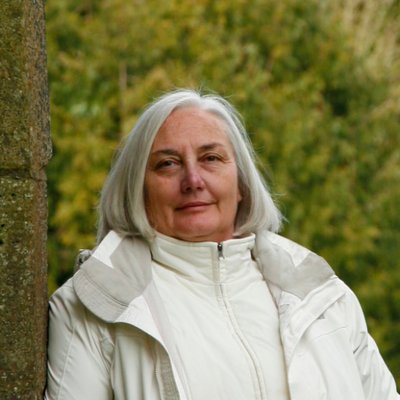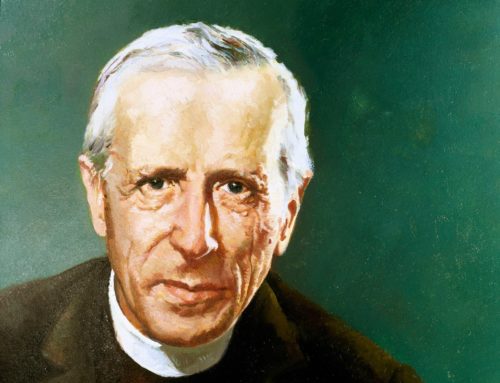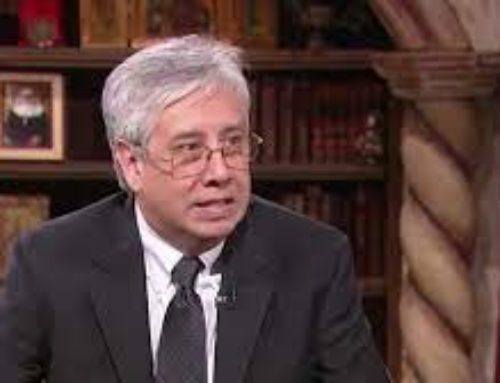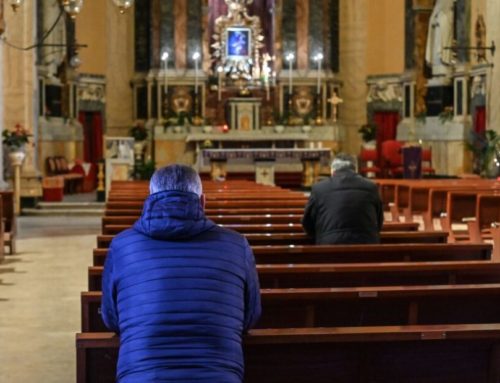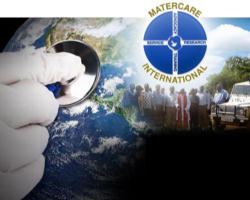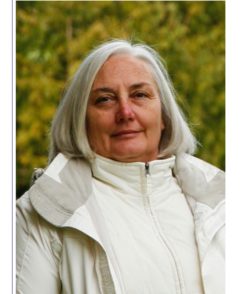
View all authors and affiliationsVolume 90, Issue 4
https://doi.org/10.1177/0024363923119866
Information, rights and permissions
During the Covid pandemic, my husband was actively involved in covering practices for physicians in several states. I sometimes traveled with him, though restrictions often meant that I spent my days reading, writing, and generally vegetating in our temporary residences until he returned in the evening. It was a time of great concern, anxiety, reflection, and quiet unlike any I had ever experienced. Even travel became something of a logistical problem. For some states, we made sure to carry letters verifying his employment, in others, even finding a temporary place to stay became a problem because there were restrictions on renting hotel rooms.
Everything changed overnight.One evening, he returned home with the selfie he created at the clinic, the image that sets the special section apart from the rest of this issue. Fully decked out in PPE in order to examine a Covid-positive patient, he caught a glimpse of himself in a mirror. Stunned by the transformation in his appearance that the pandemic had wrought, he made a self-portrait of a physician still trying to maintain relationships with sick patients and hampered by the reality of—at that time, in the first wave—a relentless virus that preyed particularly on immunocompromised folk like his cancer patients. It’s not as striking, perhaps, as the images that emerged of bruised and swollen faces of caregivers after a long ICU shift, but it captured, for him and for me, how quickly and clearly the pandemic changed how patients saw their physicians and the filters through which doctors came to see their patients.
Some of those changes in the face of medicine were positive: the expansion of telemedicine has made it easier for patients to seek and receive care; communities, in a spirit of solidarity and subsidiarity, learned how better to reach and care for those who were isolated and marginalized. Some were not: a lack of trust, between doctors and patients, between doctors and their colleagues, between government and the governed, exploded, persists, divides, and sometimes compromises care.The Catholic faith offers a framework for responding to the divisive and disrupting effects of the pandemic.
It is my hope that, in the pages of this special section and in articles that I hope will follow in subsequent issues, The Linacre Quarterly will play a role in exploring what has happened to us as a result of the pandemic, how we have responded (and could have responded better), and how we can continue to bring grace and hope to a world forever changed in ways we neither expected nor particularly desired, but that Covid imposed on us.


